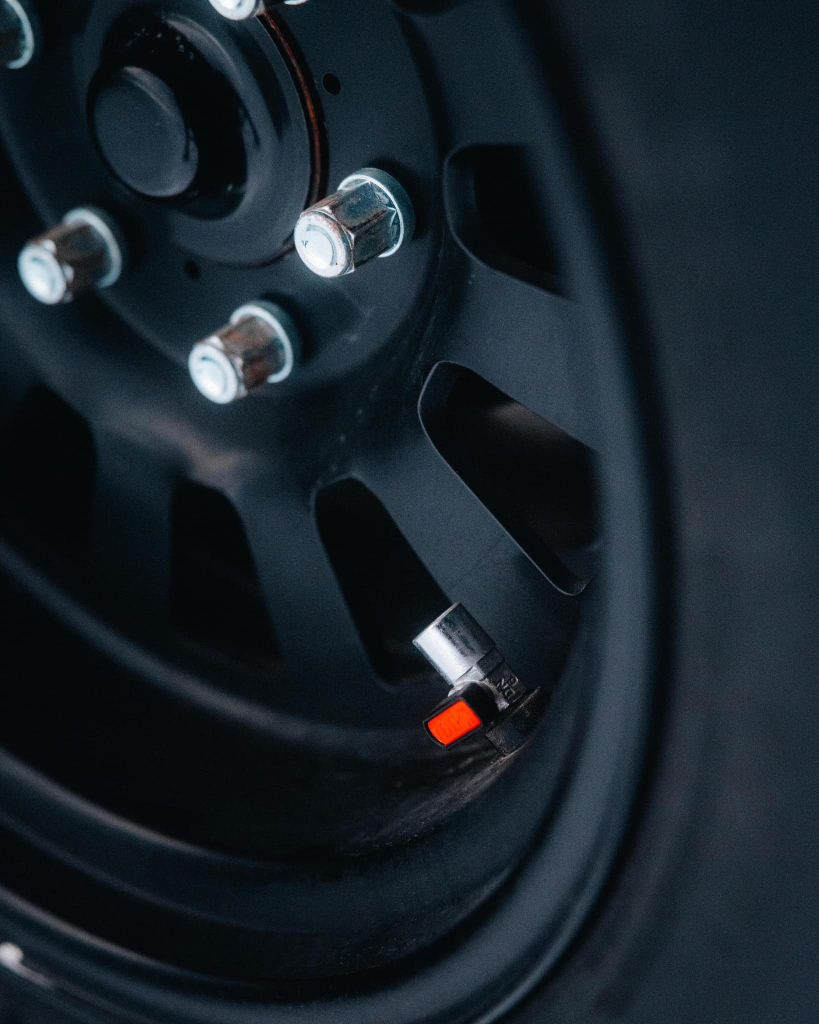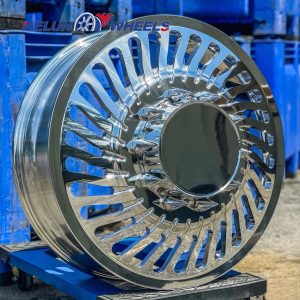Sample text
-
whatsapp: +8616696837711
-
wheelim@kelunautoparts.com
-
营业时间 24H

How long is the life of the wheel hub
The service life of a wheel hub is not fixed and can be affected by various factors:

- Manufacturing Materials and Processes
- Materials: Common materials for wheel hubs include aluminum alloy and steel. Aluminum alloy wheel hubs are lightweight and have good heat dissipation performance. Under normal usage conditions, the service life of aluminum alloy wheel hubs can reach 10 to 15 years. Steel wheel hubs are high in strength and low in cost, but they are relatively heavy and have poor heat dissipation. Their service life is usually around 10 years. However, if the vehicle is frequently driven in harsh environments, steel wheel hubs may have their service life shortened to 5 to 8 years due to issues such as corrosion.
- Processes: Forged wheel hubs are made by applying pressure to a metal blank to cause plastic deformation. The forging process makes the internal structure of the metal more compact and the grains finer, thereby improving the strength and toughness of the wheel hub. Forged wheel hubs, under normal usage and maintenance conditions, can have a service life of 15 to 20 years. Cast wheel hubs, on the other hand, are formed by pouring molten metal into a mold and allowing it to cool and solidify. The casting process is relatively simple and has a lower cost, but the internal structure of cast wheel hubs is relatively loose, with defects such as air holes and shrinkage porosity, resulting in lower strength and toughness compared to forged wheel hubs. Generally speaking, the service life of cast wheel hubs is 8 to 12 years. If they are subjected to large impacts during use or are frequently in harsh environmental conditions, their service life may be further shortened.
- Usage Environment and Conditions
- Road Conditions: Driving on harsh roads for a long time, such as those with potholes, bumps, or gravel, will subject the wheel hubs to continuous impacts and vibrations. In such cases, the wheel hubs are more likely to suffer from deformations, cracks, and other damages. For example, if a vehicle often travels on gravel roads in mining areas, the wheel hubs may need to be replaced every 2 to 3 years. In contrast, if the vehicle mainly runs on flat urban roads, the service life of the wheel hubs will be relatively longer, and they may not need to be replaced for 8 to 10 years.
- Climate: In cold regions, salt is often spread on the roads to remove snow. The salt can corrode the wheel hubs. Especially for aluminum alloy wheel hubs, salt spray corrosion can cause oxidation, peeling, and other phenomena on the surface of the wheel hubs, reducing their strength and service life. In such environments, the service life of aluminum alloy wheel hubs may be shortened to 6 to 8 years. In high-temperature regions, long-term exposure to the sun can cause the rubber seals of the wheel hubs to age, leading to tire air leakage. At the same time, high temperatures can accelerate the fatigue damage of the wheel hub materials, shortening the service life of the wheel hubs. In hot desert areas, the service life of the wheel hubs may only be 5 to 7 years.
- Maintenance and Care
- Regular Inspections: Regular and comprehensive inspections of the wheel hubs are of great importance. Before and after each long-distance drive, as well as about once a month, conduct a visual inspection of the wheel hubs to check for any obvious damages such as scratches, deformations, or cracks. At the same time, use a tire pressure gauge to measure the tire pressure to ensure it is normal, because both too high and too low tire pressure can exert additional pressure on the wheel hubs, accelerating their wear and damage. In addition, it is advisable to take the vehicle to a professional auto repair shop every six months or so and use professional testing equipment to conduct more in-depth inspections of the wheel hubs, such as testing the wheel hub’s dynamic balance, radial runout, axial runout, and other parameters, and promptly identify and repair any potential problems. Through regular inspections and timely repairs, the service life of the wheel hubs can be effectively extended, allowing them to be used for 10 to 15 years or even longer under normal circumstances.
- Proper Cleaning and Maintenance: Proper cleaning and maintenance are the keys to maintaining the good condition of the wheel hubs and extending their service life. When cleaning the wheel hubs, use special wheel hub cleaners and avoid using cleaners containing strong acids or alkalis, as they may corrode and damage the coating on the surface of the wheel hubs. Spray the wheel hub cleaner on the surface of the wheel hubs, then gently scrub with a soft brush to remove dust, oil stains, brake dust, and other impurities on the surface of the wheel hubs. After scrubbing, thoroughly rinse the surface of the wheel hubs with clean water to ensure that the wheel hub cleaner and impurities are completely removed. After cleaning, you can apply a layer of special wheel hub protective wax or wheel hub coating agent on the surface of the wheel hubs to form a protective film, which can effectively isolate external corrosive substances, dust, and oil stains, reduce the wear and corrosion of the wheel hub surface, and at the same time make the surface of the wheel hubs smoother, easier to clean, and maintain a good appearance. Through proper cleaning and maintenance, the service life of the wheel hubs can be significantly extended, allowing them to be used for 10 to 15 years or even longer under normal usage conditions.
If the wheel hubs are properly maintained, their service life can be significantly extended, ensuring the safe driving of the vehicle.








